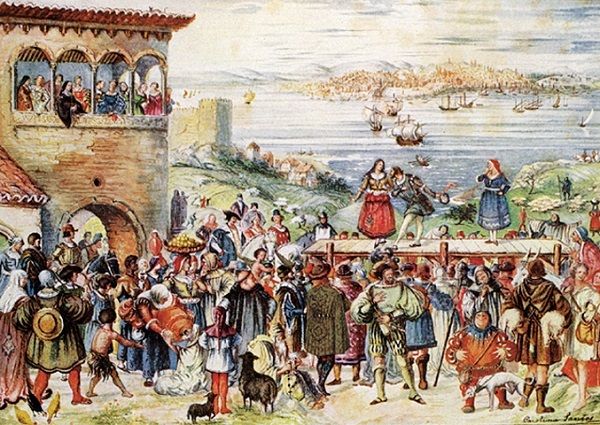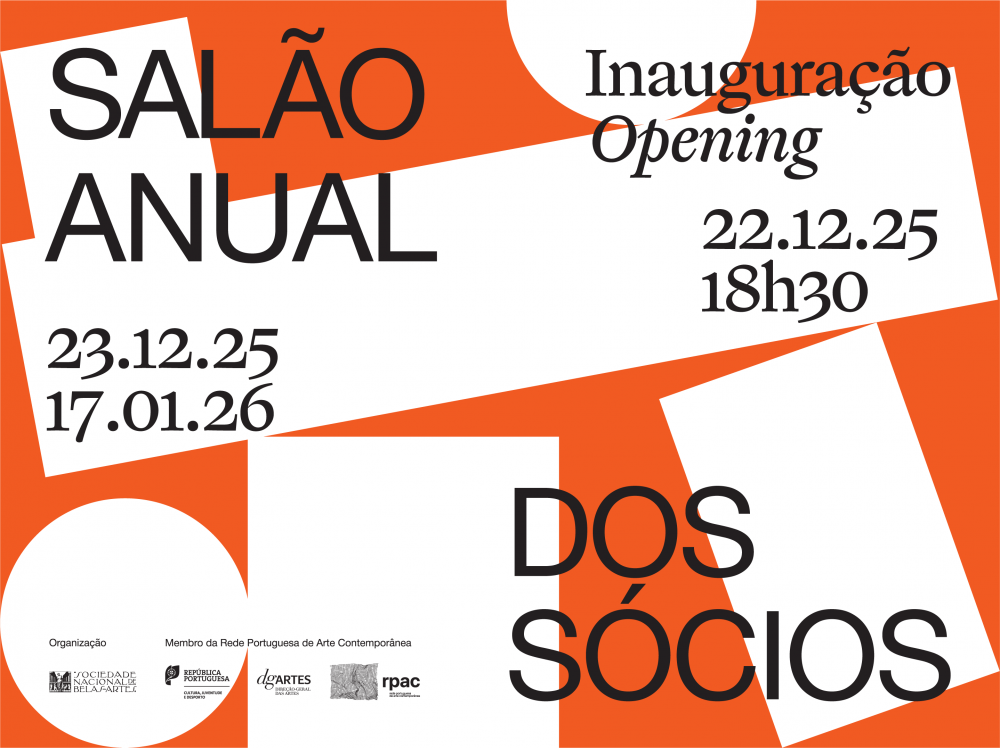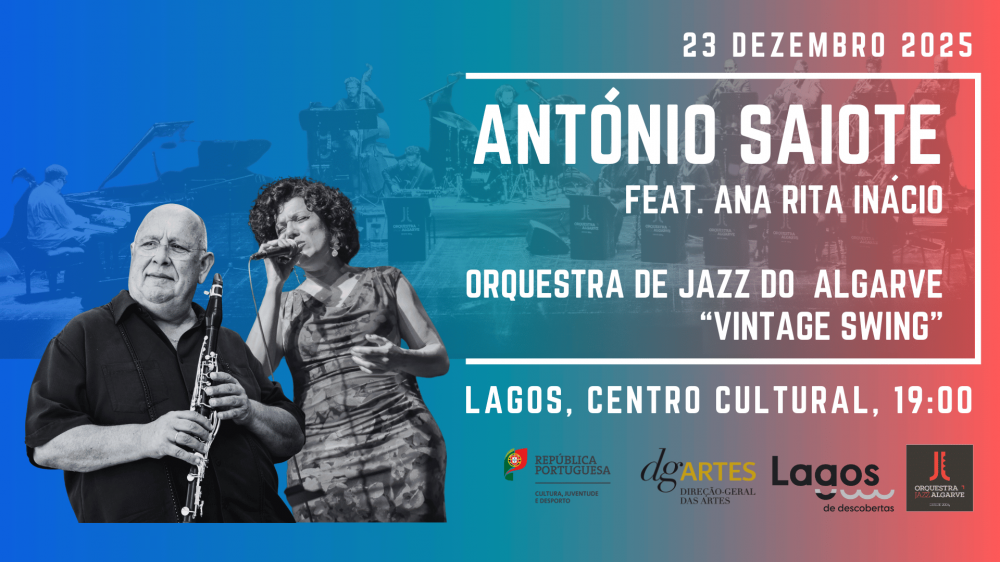Obras de referência da cultura portuguesa
"AUTO DA ÍNDIA"
de GIL VICENTE
Análise de Duarte Ivo Cruz
Tradução de Alexandra Leitão

É antiga a questão das prioridades do teatro português: dela não se livrou sequer Herculano. A tese da posição indiscutivelmente iniciática de Gil Vicente é, no entanto, desmentida pela documentação e pelas fontes, mas sobretudo pela própria qualidade da criação vicentina, no que respeita ao potencial de espetáculo que envolve. Ou por outras palavras - Gil Vicente seria sempre um grande poeta, mas não seria o formidável dramaturgo que é, se não tivesse assistido, participado e contribuído para uma capacidade de realização de espetáculo da sua obra.
Foi sem a menor dúvida o melhor e o maior durante séculos: mas não terá sido o primeiro.
Interessa agora salientar também a importância de Gil Vicente na perspetiva da estética, da cultura e da mentalidade da época. Se nos situarmos muito especificamente na evolução estética a nível europeu, diremos que este inovador, na qualidade que alcança no âmbito do nosso teatro, corresponde a uma fase de transição entre o teatro medieval e um renovo renascentista que outros já anunciavam entre nós. Nesse aspeto, estamos perante um exemplo clássico de adequação à própria mudança que o país atravessava, impulsionado pela modernidade da globalização, como hoje diríamos, e pela transição de uma sociedade que se fez ao mar mas não esquece a sua raiz europeia.
E por aqui passa o debate estratégico e de mentalidades que Gil Vicente documenta, e documenta sobretudo no Auto da Índia, sendo essa uma das razões da escolha. Trata-se do criticismo irónico mas mais amargo e profundo, relativamente à opção pelo Oriente, quando confrontado com as guerras e a expansão no Norte de Africa. Porque quanto a esse aspeto, Gil Vicente é bem do seu tempo e da respetiva mentalidade: os cavaleiros do Auto da Barca do Inferno, ou a fortíssima Exortação da Guerra são exemplos teatralmente admiráveis de uma opção politica e estratégica que acompanhava as grandes linhas do então desígnio nacional.
Mas não assim com o Auto da Índia, onde a crítica é generalizada, no plano dos que embarcaram e no plano dos ou das que ficaram. Porque aqui estamos de facto no pícaro amargo de uma tradição a nível de texto, de psicologias e condutas que mergulha em certa farsa medieval mas assume um recorte de personagens profundamente renascentista no paganismo subjacente às condutas, ou melhor, às más condutas... E isto, precisamente, no quadro e no plano da maior aventura e da mais vasta movimentação histórica em que Portugal se envolveu. Nesse aspeto, não pode ser mais renascentista e não pode ser teatralmente mais eficaz, a nível de um espetáculo que funciona na pujança da sua própria modernidade.
Ora bem: tudo isto é escrito em 1509, na plena euforia da descoberta a rota da Índia. Estamos ainda muito longe do Velho do Restelo e dos "fumos da Índia" de impressionante memória. E do grande debate nacional das opções da Expansão a que já aludimos.
Também nisso, ou talvez sobretudo nisso, Gil Vicente foi exemplar. E justificou a grande apreciação que, em 1838, Garrett fará, em Um Auto de Gil Vicente, da coragem e independência do dramaturgo e do espírito tolerante - Garrett diria liberal - do Rei.
AUTO DA ÍNDIA by GIL VICENTE
The issue of the priorities in Portuguese theatre is an old one and not even Herculano escaped it. The theory of Gil Vicente’s undeniably initiatory position is denied nevertheless by documentation and sources, but above all by the quality of his output as regards the potential for performance that it involves. In other words, Gil Vicente would always have been a great poet but not the remarkable playwright he is had he not witnessed, participated in and contributed to a capacity for the staging of his work.
He was undoubtedly the greatest and the best for centuries, but he was not the first.
What we are interested in here is also to highlight Gil Vicente’s importance in the perspective of contemporary aesthetics, culture and mentality. If we consider most specifically the European-wide aesthetic evolution we can say that the quality this innovative man achieves within the scope of our theatre corresponds to a transition phase between medieval theatre and a Renaissance renewal already announced among us by others. As far as that is concerned, we are in the presence of a classic example of adaptation to the change experienced by the country, driven by the modernity of globalisation, as we would call it today, and by the transition of a society that set out to sea but did not forget its European roots.
And this is where we feel the strategic debate and the debate concerning mentalities that Gil Vicente cites, above all in Auto da India, which is one of the reasons why it was chosen. It makes an ironic but a bitterer and deeper criticism concerning the decision to concentrate on the Orient, when confronted with the wars and with the expansion in North Africa. The fact is that in this regard Gil Vicente is truly a man of his time and of its mentality: the knights of the Auto da Barca do Inferno or the extremely powerful Exortação da Guerra are admirably theatrical examples of a political and strategic option that went hand in hand with the major guidelines of what was then the national objective.
This is not the case with Auto da India where the criticism is generalised, concerning both those who sailed and those men or women who stayed behind. Here, in fact, we are before the bitter picaresque of a tradition as regards text, psychologies and behaviour that plunges into a certain medieval farce whilst portraying an array of characters who due to the paganism underlying the behaviour, or rather misbehaviour are definitely of the Renaissance…This occurs precisely within the framework and on the plane of the greatest adventure and the largest historical movement in which Portugal was involved. From this viewpoint it can hardly be more of the Renaissance or more effective theatrically as a performance that functions in the exuberance of its own modernity.
Now, this was written in 1509, in the midst of the tremendous euphoria surrounding the discovery of the maritime route to India. We are still a long way away from the Old Man of Restelo and the powerfully evocative “vapours of India”. We are also far from the major national debate on the options of the expansion to which we have already referred.
Here also and perhaps above all here was Gil Vicente exemplary. He justified the great assessment that Garrett made in 1838 in Um Auto de Gil Vicente, concerning the courage and independence of the playwright and the tolerant – Garrett called it liberal – spirit of the King.
Obras de Referência da Cultura Portuguesa
projeto desenvolvido pelo Centro Nacional de Cultura
com o apoio do Ministério da Cultura

 Divulgue aqui os seus eventos
Divulgue aqui os seus eventos













